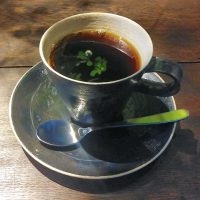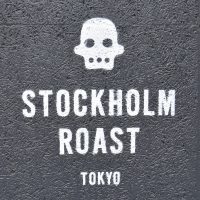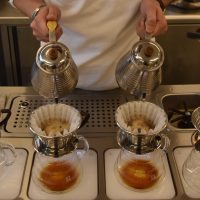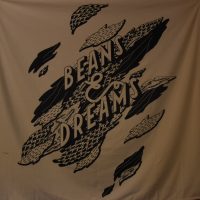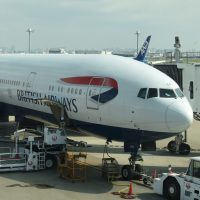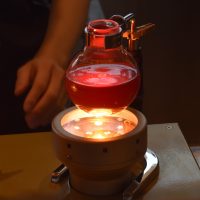 My first ever speciality coffee experience in Japan was at Maruyama Coffee in Nishi Azabu, conveniently located across the road from my hotel. Ever since then, I’ve had a soft spot for Maruyama Coffee, a high-end chain which has its origins in Nagano Prefecture. It was therefore fitting that when my friend and local guide, Christopher, took me on a coffee tour of Nagano, our first stop was Maruyama Coffee, which has a lovely coffee shop in the Midori shopping mall at Nagano Station. I also made a point of calling in on my return to Nagano on this trip.
My first ever speciality coffee experience in Japan was at Maruyama Coffee in Nishi Azabu, conveniently located across the road from my hotel. Ever since then, I’ve had a soft spot for Maruyama Coffee, a high-end chain which has its origins in Nagano Prefecture. It was therefore fitting that when my friend and local guide, Christopher, took me on a coffee tour of Nagano, our first stop was Maruyama Coffee, which has a lovely coffee shop in the Midori shopping mall at Nagano Station. I also made a point of calling in on my return to Nagano on this trip.
Maruyama is a blend of traditional Japanese hospitality (table service, attentive staff, baskets to put your things in so that they don’t have to rest on the floor) and speciality coffee. In the former aspect, it’s very unlike western coffee shops; in its latter aspect, third-wave aficionados will instantly feel at home. As an added bonus, the Nagano Station location specialises in syphon coffee, which is prepared on the counter-top for all to see. Other than that, you get the usual Maruyama offering, with a bewildering choice of origins and blends through cafetiere and espresso, plus a small food menu.

